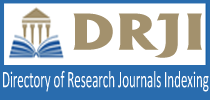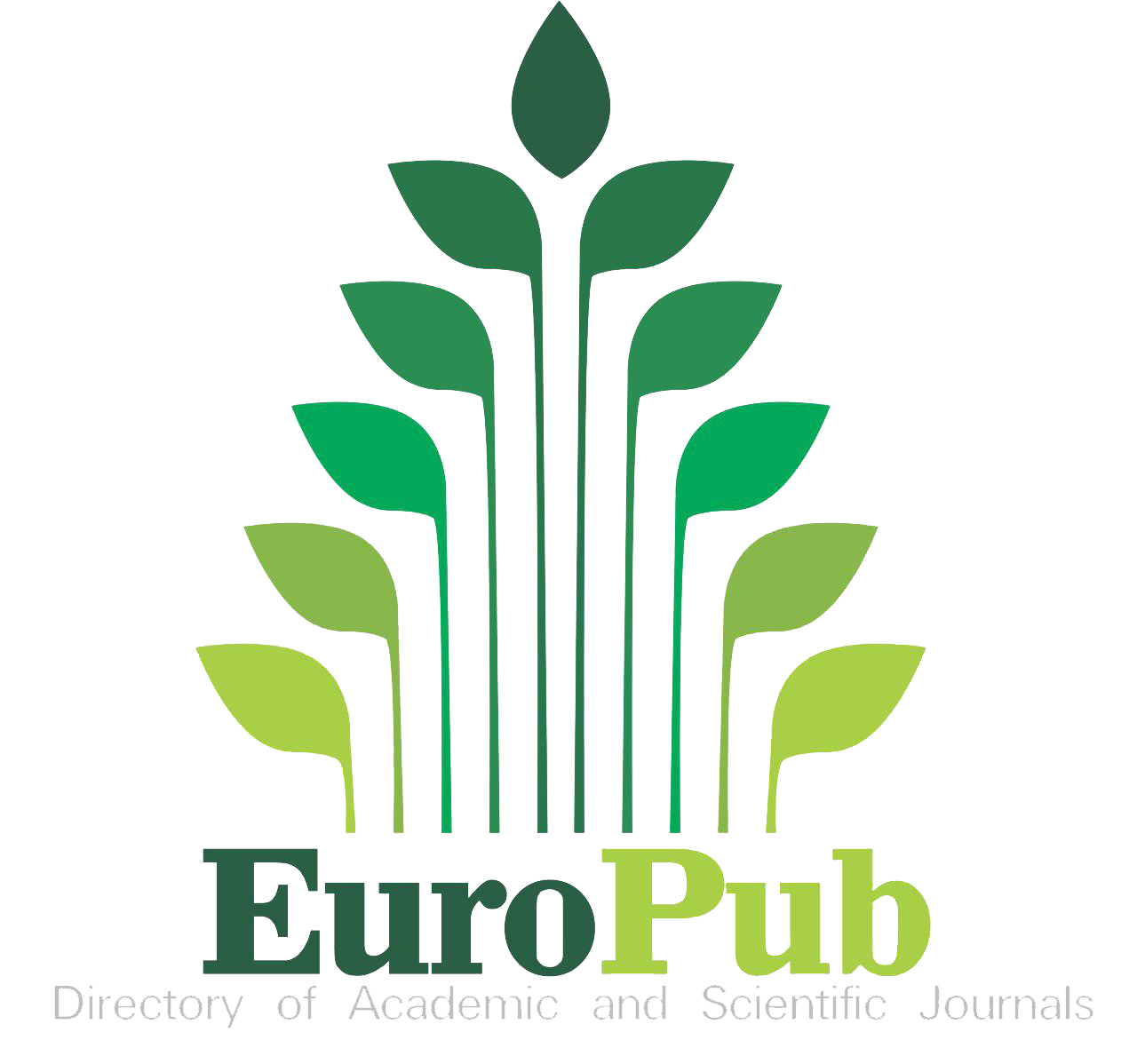
Articles are Open Access and Licensed under a Creative Commons Attribution-NonCommercial 4.0 International License.
Volume: 2 Issue: 1 - JUNE 2022
| COVER | |
| 1. | Cover GPT STUDIOS Page I |
| EDITORIAL | |
| 2. | Editorial Emine Cihangir, Kübra Cihangir Įamur, Mehmet Þeremet Pages II - VI |
| FULL ISSUE | |
| 3. | Full Issue GPT STUDIOS JUNE 2022 (1) Pages 1 - 57 Abstract | |
| RESEARCH | |
| 4. | Ecological Sustainability Activities in Travel Agencies: A Research on Encourages and Barriers Eda Hazarhun, Reþat Arýca, Burįin Cevdet Įetinsöz doi: 10.5505/gpts.2022.52724 Pages 7 - 20 In the research, it is aimed to determine the factors that encourage and barriers the ecological sustainability practices of travel agencies. In this regard, semi-structured interviews were conducted with 18 travel agency managers operating in Istanbul. The data analyzed by the use of MAXQDA 2020 analysis software. Results of the analysis revealed that travel agencies dont have enough knowledge in regards to sustainable tourism and ecological sustainability concepts and applications. In addition, it is seen that very few of the travel agencies have written policies, principles, and rules, in regards to ecological sustainability applications, which may lay a path firms and managers during managerial processes. Along with these, it is also determined that travel agencies have a low rate of participation to voluntary environment programs and certification applications for preserving ecological environment. First of all, this study is important in terms of contributing the literature since there are very limited number of studies which inspect the subject of ecological sustainability from the perspective of travel agencies. Secondly, it is also important to create a scale in regards to ecological sustainability applications and to provide managerial insight to travel agencies which are critical actors in terms of managing ecological sustainability due to their role of mediation between supply and demand. |
| 5. | Evaluation of Geomorphosite Potential and the Tourism Attractiveness of Uįansu Waterfall (Gündoðmuþ-Antalya) Ergin Canpolat doi: 10.5505/gpts.2022.99608 Pages 21 - 32 Natural resources are the basic elements that create attraction in tourism. Waterfalls, which can be natural or artificial, can be centers of attraction due to their unique sights, noises and ecosystem features in the immediate vicinity. In this study, the geomorphosite potential and the tourism attractiveness of Uįansu Waterfall was evaluated. The Geosite Assessment Model (GAM) which is supported by Analytical Hierarchy Process (AHP) was used to explain the geomorphosite and tourism attractiveness value. The basis parameters as the tourism-related natural features of the waterfall and the tourism-related human characteristics of the nearby environment were weighted in scores. Scoring was done by expert teams who visited the field and evaluated the waterfall and its surroundings through the visuals in the office. According to the evaluation, the geological, geomorphological and climatic parameters of the waterfall and its surroundings have a high weight value. Socio-cultural characteristics, current tourism conditions and transportation potential are the parameters that have relatively low weights. Geological and geomorphological values make the waterfall a unique natural resource, and the climate of the region supports this potential. However, in some years, the water scarcity that starts early in the summer, the inadequacy of tourism investments, the forestry and protected area features require the use of ecotourism, which is compatible with nature in and around the waterfall. |
| 6. | Metaphoric Perceptions of Tourist Guides Regarding the Destination Image of Van Province Tuðįe Özoðul Balyalý, Ezgi Bayram Öz doi: 10.5505/gpts.2022.08208 Pages 33 - 39 This research examines the metaphors developed by tourist guides that play an important role in the formation of the destination image. It is aimed to determine the perceptions of the Van province destination image of the tourist guides through metaphors. The fact that tour guides have a key role in affecting tourists destination perceptions is the importance of this research. The problem of the research is that there is no study in the literature that reflects the destination image of Van from the point of view of the guides. By using qualitative research methods, a phenomenological approach was used to understand the perceptions of tourist guides towards Van. As a result of the interviews with 29 guides living in Van, the guides developed 25 different metaphors about Van. Positive metaphors are 17 and 9 are negative. The pearl mullet metaphor was included under the themes of both negative and positive metaphors. Among the metaphors, the most frequently repeated metaphor is paradise for Van. Some guides associate the city of Van with the metaphor of paradise, indicating that Van has all kinds of beauty. Different guides emphasized the harmony of ethnic diversity living in Van with metaphors such as miniatürk, mosaic, marbling art, a garden with many different fruits. On the other hand, the guides also described Van with metaphors such as an ore that needs to be unearthed, an abstract treasure waiting to be discovered, an unfinished poem because its poet died, and sleeping beauty. These negative metaphors point to the discourse that what needs to be done is not done enough for the development of the province of Van. The research outputs will guide each tourism stakeholder working to improve the destination image of Van. |
| 7. | An AHP-Based Multi-Criteria Model for Adaptive Reuse of Heritage Buildings Münevver Özge Balta doi: 10.5505/gpts.2022.36854 Pages 40 - 45 Reusing heritage buildings requires solving complex decision-making problems. Many challenges of reusing heritage buildings can be modeled by the multi-criteria decision-making (MCDM) method. In this study, the Analytical Hierarchy Process (AHP) method which is one of the most commonly used MCDM methods was employed to optimize the assessment process of heritage building reuse that was examined in Aksaray, Turkey. A decision-making model was established by using a literature review. By the way, the priority order of the reuse alternatives of the heritage buildings was defined by an Analytical Hierarchy Process. Therefore, changes in factors of building features (design quality, number of rooms, building quality, garden plots, landscape), accessibility (accessibility of the main road; traditional city center; health care; tourism destination; cultural heritage), environmental value (commercial services, recreation, socialization, health care facilities, urban aesthetics) directly influenced the priority order of the historic building reuse alternatives. The results revealed that the most suitable reuse alternative of the heritage buildings was for community activity centers, museums, galleries, and boutique hotels. Adaptive reuse of heritage buildings should be provided through sustainable urban planning to adapt to potential changes in the built environment. This study can play a significant role in ensuring sustainable urban planning for the adaptive reuse of heritage buildings and also in guiding decision-makers. |
| REVIEW | |
| 8. | International Sustainability Indices Þirin Gülcen Eren, Seema Mehra Parihar doi: 10.5505/gpts.2022.43043 Pages 46 - 57 Sustainability and Sustainable Development have been on the urban planning agenda since the Brundtland Report (1987). In order to make cities and regions sustainable, there is a need to assess their current situations and their progress with respect to the Sustainable Development Goals (SDGs). Various indices have been designed which use sustainability indicators to measure and monitor the current situation and the performance of strategies and action plans. This will make it possible to structure future actions and interventions and adjust existing ones. The contents of these indices vary due to the country, the development strategies adopted by different cities and regions, the aims and objectives of policyand decision-makers, their evaluation criteria, indicators and the ingenuity of the drafters of the indices. Few evaluations, however, have been made of these indices. Consequently, the question arises as to which index constitutes the best basis for the sustainability efforts of urban developers and planners. The present article explores the range of international sustainability indices and the contributions they may make to sustainable urban development. A descriptive analysis method is adopted and supported by a survey of the literature and an internet search. The objective is to create awareness about the indices and to contribute to the effective implementation of decisions and strategies for achieving the SDGs. The study argues that although such indices need to be standardised and reliable, the data collected may in practice be non-standard, the indicators may be invalid for all cities or geographies, and the indices may prove to be short-lived. |











